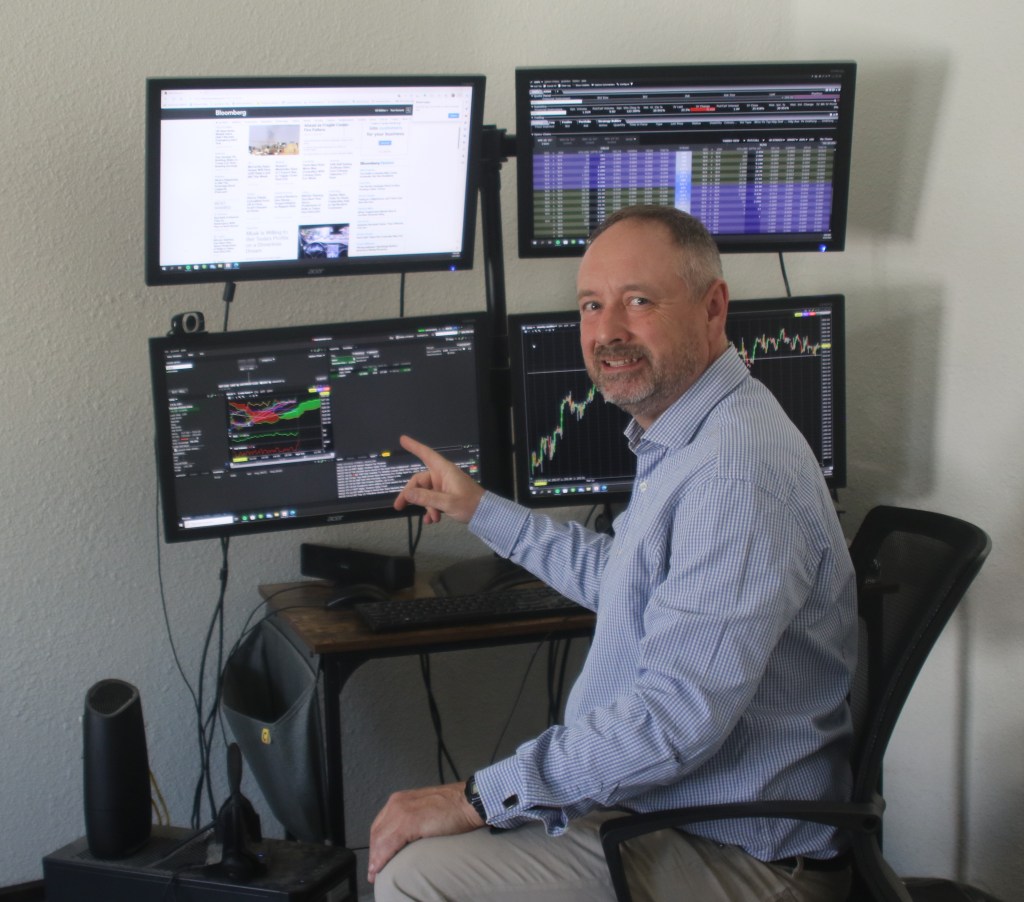
Invest in your future and the future of the world.

2024
2024 presents many challenges for investors with it being a Presidential and Congressional election year in the US. As we start a new year the last inflation figure was 3.4% so conditions are starting to normalize but the Federal Reserve is aiming for 2%. We note that despite the normalization post pandemic of global supply chains container traffic flow in the Red Sea is being disrupted which could be a factor putting upward pressure on inflation. With interest rates widely expected to be cut this year by as much as 1% or more there is renewed excitement about opportunities in fixed income but also hope that a new bull market for equities will include smaller capitalized businesses that investors largely avoided last year. as the year progresses there will be more predictions of how a win by former President Trump might impact the US economy in 2025; a key question being whether tariffs on imports from Europe and China will be hiked and how that affects businesses in addition to any changes in regulation and the tax code. Key points about economic change in the US include the impact of AI and automation as well as the slow journey of decarbonization of the economy; these are likely to remain important themes no matter what the outcome of the November elections.
What we said last year:
Meeting challenges in 2023
2023 presents us with huge challenges as we start to recover from a once in a lifetime pandemic Unemployment is historically low in the US at just over 3% but inflation is the highest in decades. The Federal Reserve has been raising interest rates after many years when Americans took low interest rates for granted. Still January saw significant inflows of investment capital into equity markets with notable gains for certain stocks over the month. What does this mean for your investment strategy. The fiduciary standard means carefully considering your financial situation, goals and attitude to risk before making a recommendation.
Investors are now approaching May after an earnings season that saw over 70% of companies reporting beat earnings forecasts. The S&P 500 is up 18% since October 13th last year. However the S&P 500 is still below the level it reached last August and we are on the precipice of what could be one of the ugliest standoffs over the Federal debt ceiling with the possibility of a default on US debt which if triggered would cause a substantial sell off of both US fixed income and equities in addition to negative contagion in global markets. The last inflation print in the US was 5% for March down from over 9% recorded last June so if a debt settlement can be reached in sufficient time then there is a possibility that the Federal Reserve will consider stabilizing interest rates and looking ahead to reductions then there should be a better environment for the start of a bull market.
